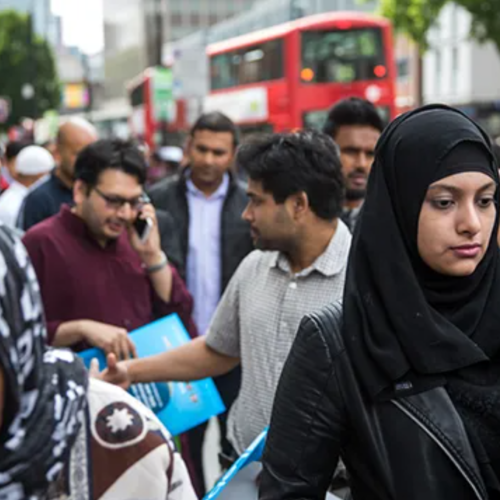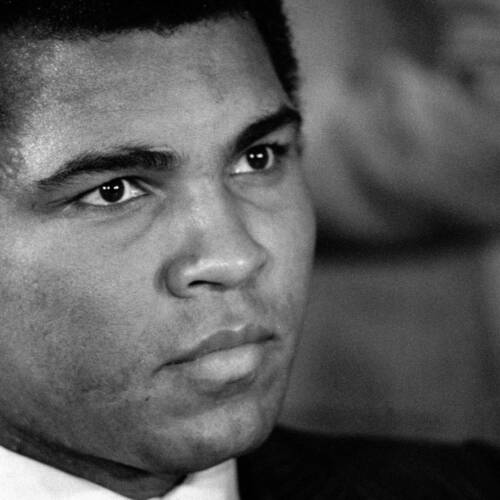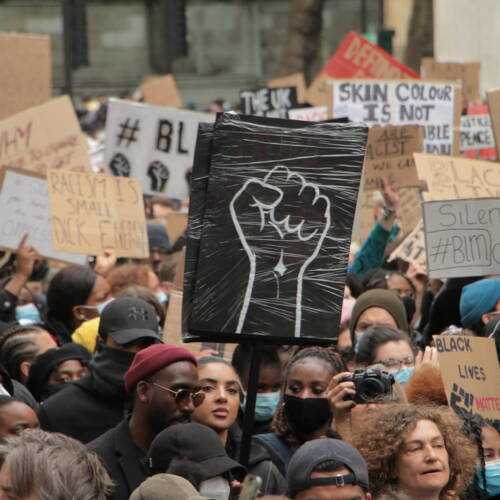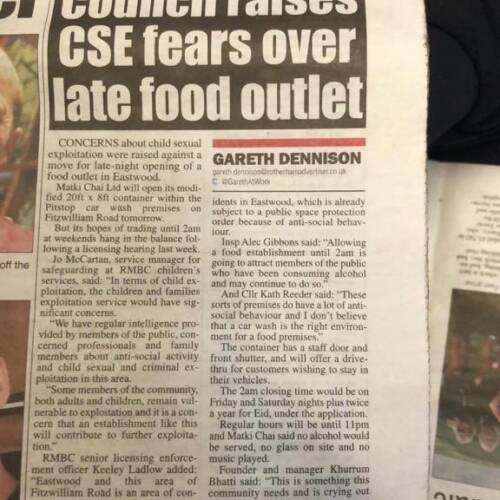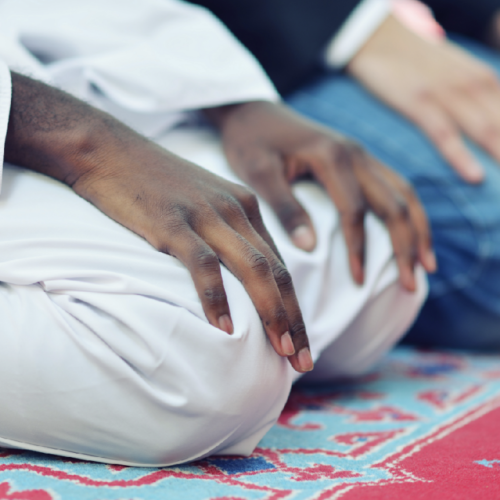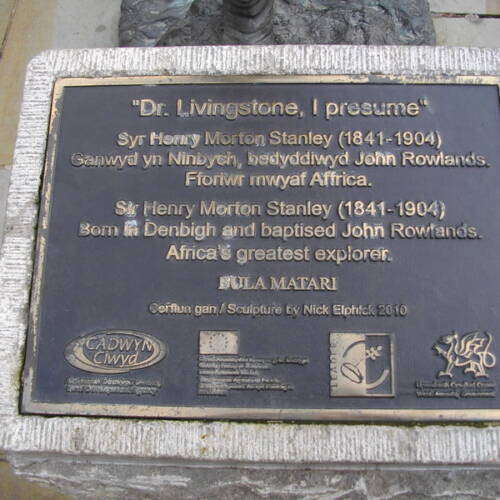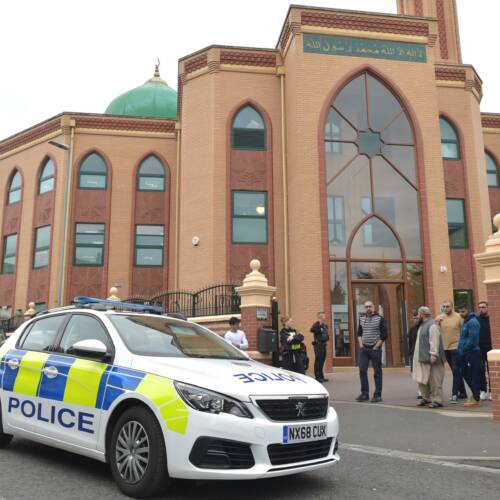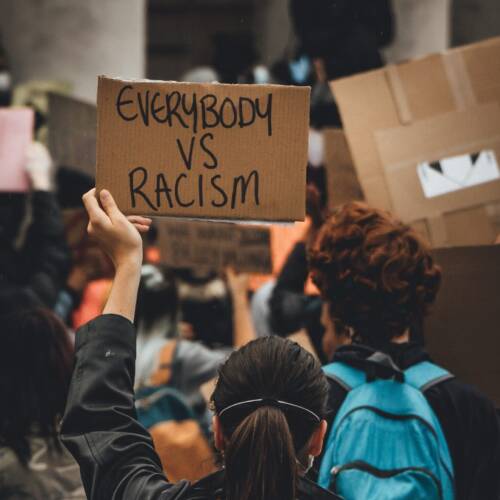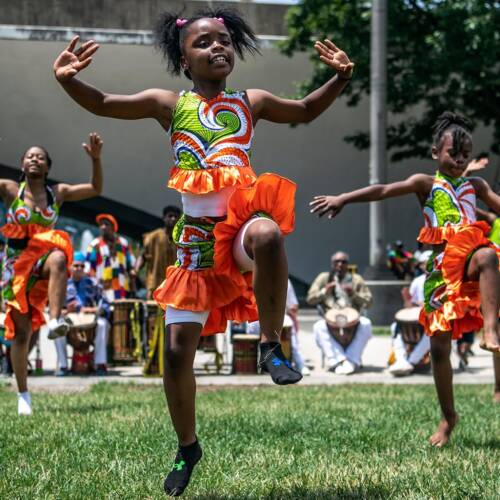
Edward Colston – Bristol’s controversial philanthropist thrown into the river
09 Jun 2020The recent toppling of a statue commemorating the life and work of Edward Colston has sparked a heated national debate over the reason and way protestors took the direct action on Sunday. One thing is for certain however: The Black Lives Matter movement has cast a spotlight on the UK’s own colonial history, of which it will have to come to terms with sooner or later.
Edward Colston was a merchant, slave trader and Tory MP, living in the 16th and 17th centuries at which Britain was at its peak in its slave trade dominance. He was born to a family of merchants in Bristol but spent most of his life working in London.
In 1680 he became a member of the Royal African Company that was set up by Charles II and led by his brother the Duke of York (later James II), of which traded many things along the west coast of Africa: Gold, silver, ivory and slaves. Edward would rise through the ranks of the Company to later undertake the role of deputy governor, one of the highest positions.
In 1684 he inherited his brother’s company and owned a sugar refinery in Bristol that shipped sugar produced by slaves in the Caribbean and Americas. A relatively wealthy man, his altruism spread across the city of Bristol, donating to hospitals, schools and churches amongst other things. His large spending in charitable institutions earnt him praise from the local population, his name permeating the city, placed on various buildings and monuments.
One of these monuments was a statue that was erected in 1895 to commemorate Colston’s philanthropy. However, since the 1990s there have been a variety of campaigns for its removal, in reference to the fact that Colston made the bulk of his wealth through the slave trade business. But no matter how many artistic interventions around the statue or written letters and petitions calling for its removal, the statue remained in place.
Despite widespread opinion against the statue’s existence, vested interests in the city, namely Conservative councilors and the Society of Merchant Venturers, worked to maintain it. These groups had a role to play in 2018, when a plaque was placed on the statue informing the public of Colston’s relations to the slave trade, but was reworded to remove the mention of his later career as a Tory Member of Parliament and other detailing facts about his past. Further rewording was demanded but vetoed by the city’s Mayor. The arguments over the wording and language of the plaque would draw on for months.
Away from the issue of the statue, Colston’s name was still on the titles of schools, towers and city halls. There is even a regional bread bun named after him. In recent years however, many institutions have removed his name from their titles, such as the formerly ‘Colston Hall’ in Bristol which announced the dropping of Colston’s name after its refurbishment this year. Various schools in the local area of Bristol have also announced a renaming.
Interestingly enough, Colston’s Girls’ School, which is funded by the Society of Merchant Venturers, announced in 2017 that it would not drop the name of Colston.
It is estimated that Colston was responsible for the transportation of around 84,000 Africans to the Caribbean and Americas, whilst the number of people said to have died on these journeys was nearly 20,000. It is no doubt that he profited heavily from this.
Critics have argued that Colston wasn’t directly involved in the trading and enslavement of Africans, but was merely on the governing board of the Royal African Company for a number of years. Conservative MP Priti Patel condemned the act of toppling the statue, amongst other MPs who shared similar views that the statue wasn’t taken down in the right manner. Others have suggested that removal of the statue and his name from other structures is simply ignoring history.
On the contrary, it is possible that the removal of the statue symbolised a country that was coming to terms with its history and taking action accordingly. Of course, it wasn’t a very democratic act of removal, but efforts for a peaceful removal in the past weren’t being accommodated to. So, the people of Bristol simply stopped being statues themselves and collectively took this one down.




